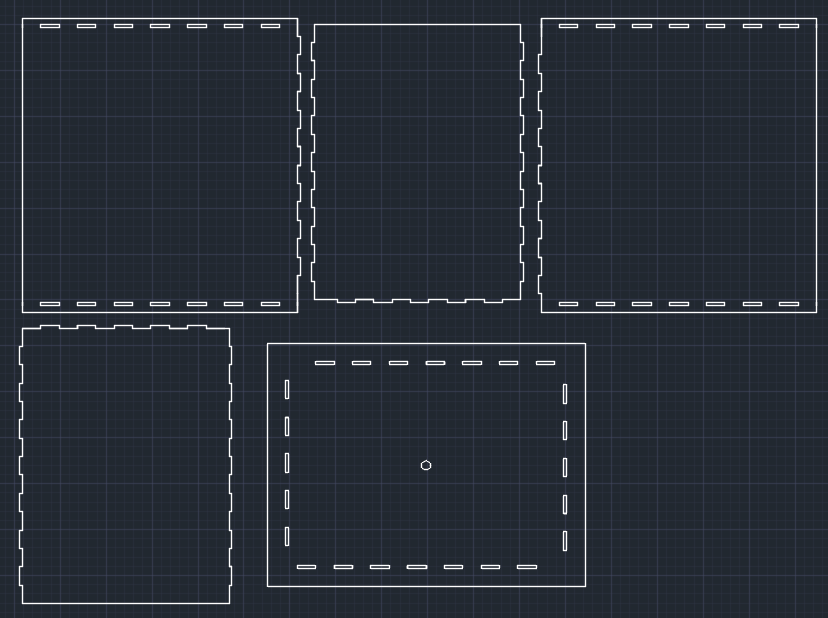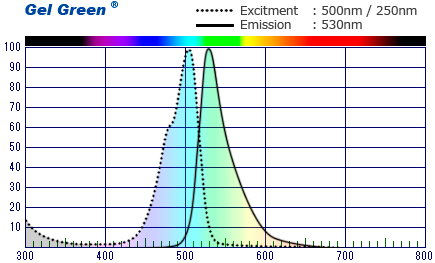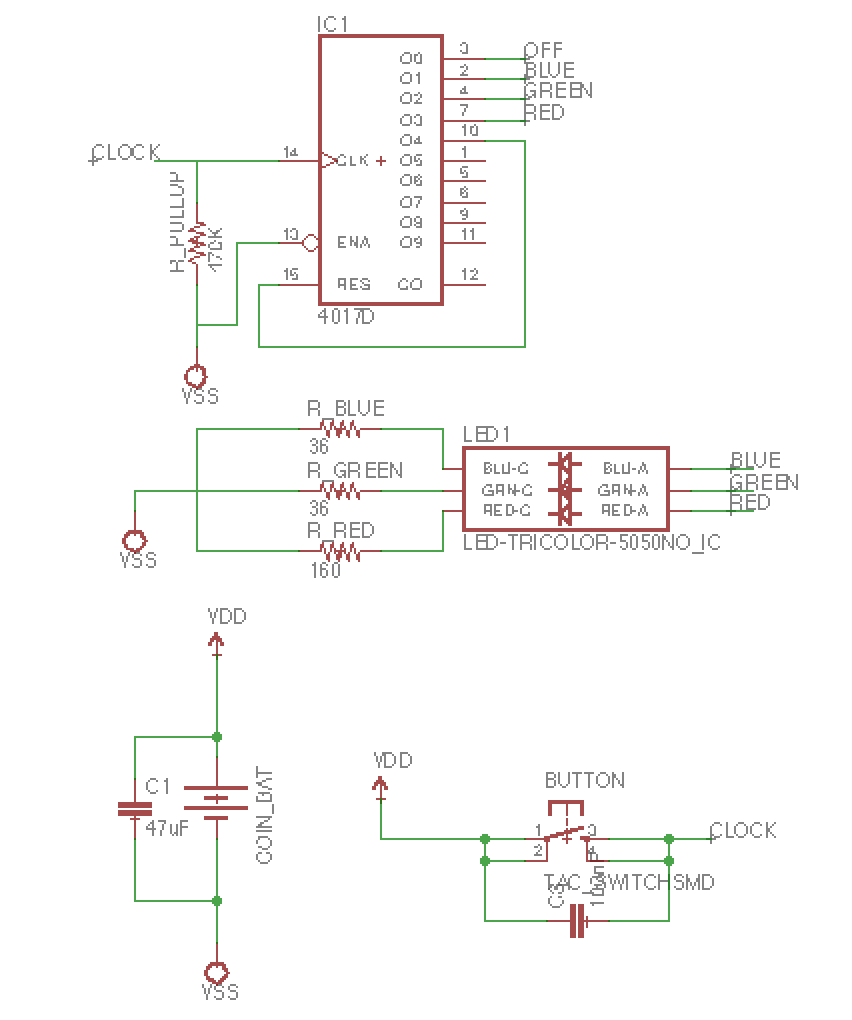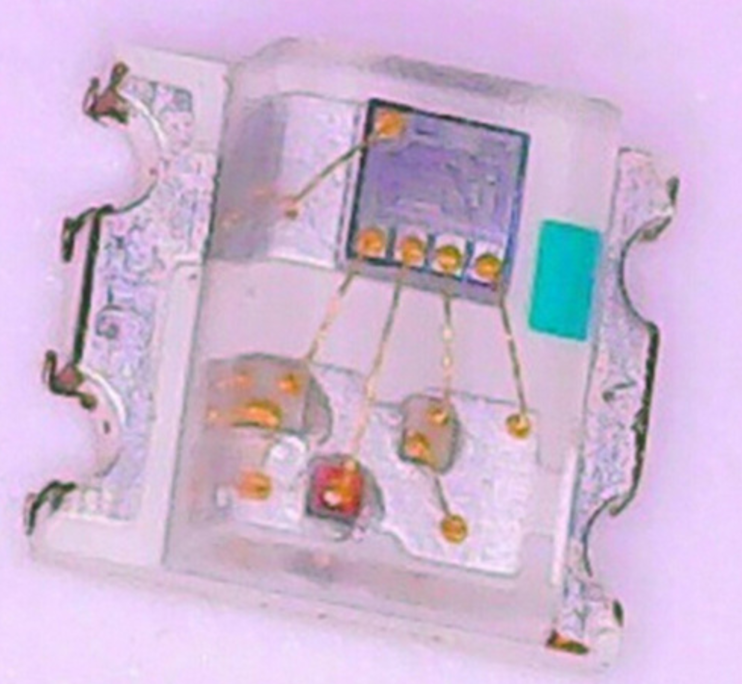In the 2017 cohort of Hatching health, which ODetect was also a part of, I came across BeLeaf. From my perspective, it looked like an idea championed and introduced at the event by Matthew Miller, from Island Health. They won the top prize at the event.
Its core idea was a simple one. People suffering from depression needed a low-barrier way to be connected with their loved-ones. As someone who has ghosted friends when my mental health was in the gutters, this idea made natural sense to me. This low-barrier communication would take the form a physical, electronic “Leaf” that lives on bedside tables. There would also be a mobile app, because apps will eat the world (jk).
Each synthetic plant — one for the individual living with depression, the other for their supporter — would be connected to a series of lights and a mobile app, which would serve as a self-assessment and support tool for users. As new data is entered into the app, the colour of the light emitted from each synthetic plant would automatically change, signalling the individual’s current state of mental health.
“We recognized pretty early on that it was important for us to not only create a mobile app, but to have a physical product that would enable people living with depression to express themselves and communicate with those who are special in their lives. Sometimes the hardest thing is starting the conversation,”
They chose to embody the physical aspect of the connection as a leaf, to draw a parallel to mental health – requiring that they both need care, and constant ongoing work.
They later went in the lean launchpad program at e@UBC, did some rebranding as Cora Luma. The twitter handle isn’t active since July 2018 and their website down. Matthew Miller is still active and Director of innovation at Vancouver Island Health.
I’m really curious to know more about what happened. I guess an email to Matthew is due. (Update: I have sent him an email).
My thought stream regarding this…
Following up from post regarding being a subject expert (related to the ESP32), and looking to see what kind of a solution and product I can build up as a 1-man-band is quite intriguing (after seeing Luke Cyca’s extremely thorough, intentional work with CraftMetrics). Essentially, what can I accomplish if nothing is riding on this. If I’m not looking to financially support myself off this work, if there is no “deadline” that I’m running towards, if I don’t cut corners (no technical, intellectual or financial debt), what is it that I can contribute to this field and myself.
{I will go technical here}
Going towards the solution that brought this idea/project that was floating in the “past” section of my brain to the front –
The ESP32 is this open source microcontroller with WiFi and Bluetooth. I feel like it is all that is required to be the brains and the controller for a synthetic leaf. It additionally has capacitance sensing on a couple of its pins so it could be used to sense tactile feedback. It can obviously control various LEDs. In addition, the BLE functionality on the device could be used by the end-user to connect the device to WiFi. Essentially, a simple development board off-the-shelf could entirely be used to build up the proof of concept.
In addition, the amazing folks at espressif have prepared an ESP Jumpstart guide that goes over how we can create a “product” using the microcontroller including OTA features, cloud connectivity (AWS) and some form of app control? Things the particle already provides, but hides them under a layer of convenience which they charge for.
Currently playing around with the Arduino tutorials and planning to move on to the jumpstart tutorials when I set up the IDF (not israeli defense force but the integrated development framework).











